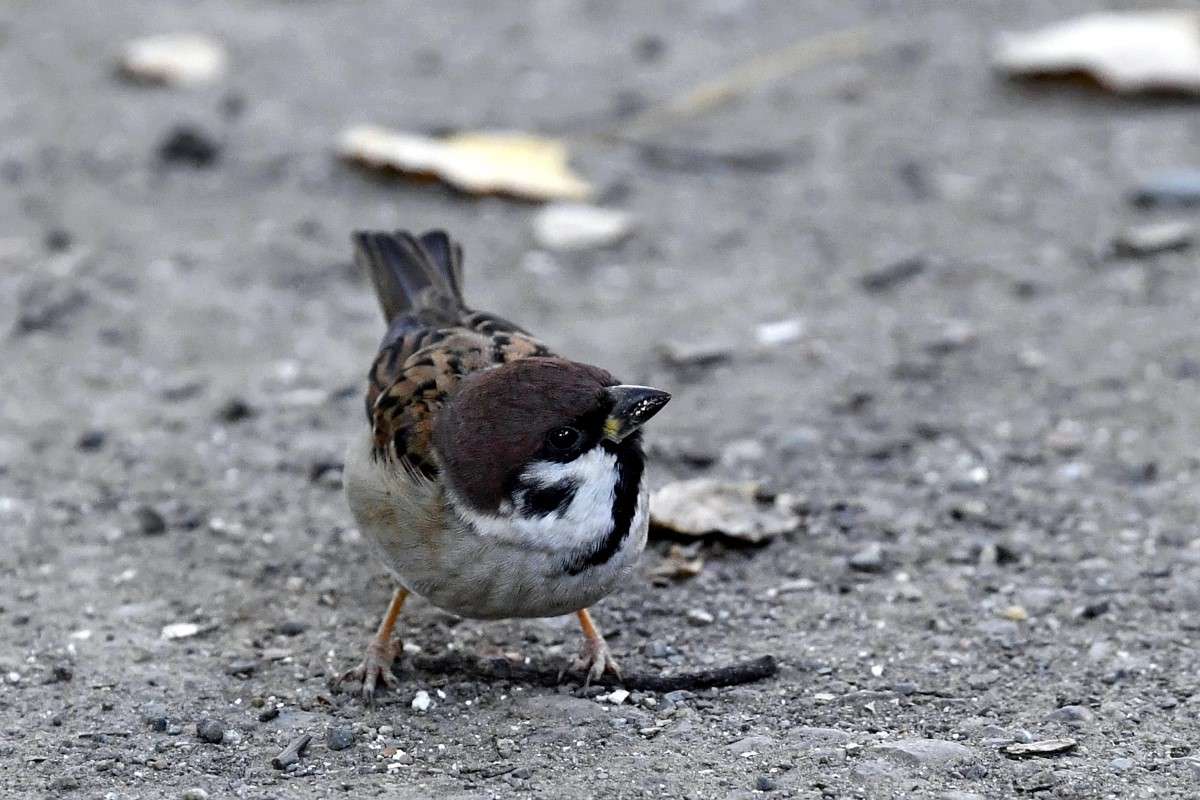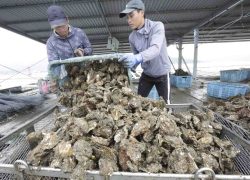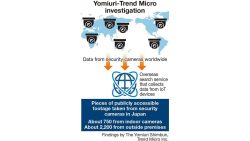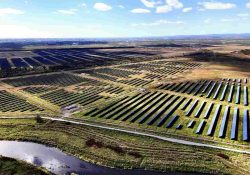Population of 16 Familiar Bird Species in Sharp Decline in Japan; Azure-Winged Magpie Experiencing 14.1% Rate of Decline

Sparrow
12:02 JST, October 15, 2024
A sharp decline in the number of familiar bird species, including sparrows and Japanese wagtails, in satochi-satoyama, or areas such as fields, rice paddies and forests in close proximity to human settlements, was noted in a recently released report. Sixteen out of 106 bird species were found to be rapidly decreasing in number, at a rate equivalent to that of endangered species, according to the report.
The report released by the Environment Ministry and the Nature Conservation Society of Japan on Oct. 1 warns that biodiversity is declining in satochi-satoyama.
The report is based on a nationwide ecological survey conducted by the ministry since fiscal 2003 at about 200 fixed satochi-satoyama locations, which include planted forests and farmland, except in urban areas, to study wildlife habitats.
The latest survey is based on an analysis of records through fiscal 2022 with a focus on familiar species that people tend to think of as having a high population.
The survey found 16 bird species, about 15% of 106 bird species surveyed, had declined by an annual rate of at least 3.5%, equivalent to the rate of decline at which a species is considered endangered by the ministry. The 16 included azure-winged magpies at a 14.1% rate of decline, Japanese wagtails at 8.6% and sparrows at 3.6%.
34 familiar butterflies

Omurasaki
Among 103 familiar butterflies, restricted demon butterflies had the highest rate of decline at 22%. The rate of decline of 34 species, or about 33%, of the 103, was 3.5% or more. The 34 species includes Omurasaki, the national butterfly of Japan, at 10.4%.
“There was a significant decrease in birds that prefer open environments, such as farmland and grassland. The abandonment of satochi-satoyama areas may have affected their habitat,” said Taku Fujita, a staff member of the society.
The report says that the decline of organisms is greater in areas where the temperature increase due to global warming is more severe.
"Science & Nature" POPULAR ARTICLE
-

Mass Oyster Die-Offs Confirmed in Japan’s Seto Inland Sea; High Water Temperature Cited as Primary Cause
-

Genome Study Reveals Milestone in History of Cat Domestication
-

Big Leap in Quest to Get to Bottom of Climate Ice Mystery
-

Security Camera Footage Vulnerable to Outside Access; Investigation Finds 3,000 Pieces Exposed Online
-

Paws on Parade: Nairobi’s Dogs Dazzle at ‘Pawchella’
JN ACCESS RANKING
-

Keidanren Chairman Yoshinobu Tsutsui Visits Kashiwazaki-Kariwa Nuclear Power Plant; Inspects New Emergency Safety System
-

Imports of Rare Earths from China Facing Delays, May Be Caused by Deterioration of Japan-China Relations
-

University of Tokyo Professor Discusses Japanese Economic Security in Interview Ahead of Forum
-

Japan Pulls out of Vietnam Nuclear Project, Complicating Hanoi’s Power Plans
-

Govt Aims to Expand NISA Program Lineup, Abolish Age Restriction

























